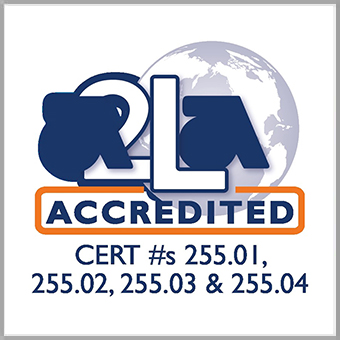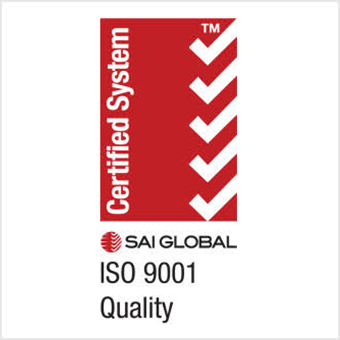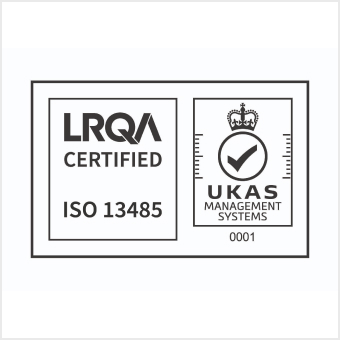BASICS OF POLYMER TESTING AND PROCESSING SUMMARY
This course is designed to be an introduction to the rubber industry for employees who have very little or no understanding of how rubber or plastic parts are manufactured and tested. This course introduces some basic terminology used in the rubber and plastic industries. Several types of testing will be introduced and practical examples will be shared to illustrate why parts/products are tested. Lastly, this course provides an overview of the rubber mixing process as well as a few processing and curing methods commonly used in this industry. This presentation will give new employees a big picture view of the different departments within ARDL, will illustrate how those departments work together and will emphasize why each aspect of our company is so important to the rubber and plastic products that we use every day.
Basics of Polymer Testing and Processing Outline
1. Rubber and Plastic: What’s The Difference?
a. Thermoset vs. Thermoplastic
b. Rubber, Plastic and TPE Comparison
2. Push It, Pull It, Bend It, Twist It: How Is Rubber Tested?
a. Specifications (Requirements vs. Test Methods)
b. Basic Physical Testing
i. Tensile, Elongation, Modulus and Tear Strength
c. Aging Property Testing
i. Heat Aging, Fluid Aging, Compression Set, Ozone and UV
d. Dynamic Testing
i. Viscosity, Elasticity and Visoelasticity
ii. DMA, Rebound and Flex Testing
e. Other Physical Testing
i. Abrasion, Adhesion, Low Temperature, Electrical and Flammability
f. Plastic Specific Testing
i. Melt Flow Index, Flexural Modulus, Heat Deflection/Softening Point, Impact Resistance, Compressive Properties and Fogging Characteristics
g. Chemical/Analytical Testing
i. Reverse Engineering, Compliance Testing, Bloom or Unknown Contaminant Analysis, Crosslink Density and Gas Permeation
ii. TGA, FTIR, Chromatography and Mass Spectroscopy, DSC, ICP and DMA
h. Visual Analysis (Microscopy)
i. Dispersion Analysis, Light Optical Microscopy, Failure Analysis, SEM and TEM
3. Basic Ingredients: There’s A Recipe For Rubber?
a. Types of Ingredients
b. Mixing Process
c. Shaping and Baking (a.k.a. Curing or Vulcanization)
d. Production Testing for Quality (On Mixed Rubber)
4. References




